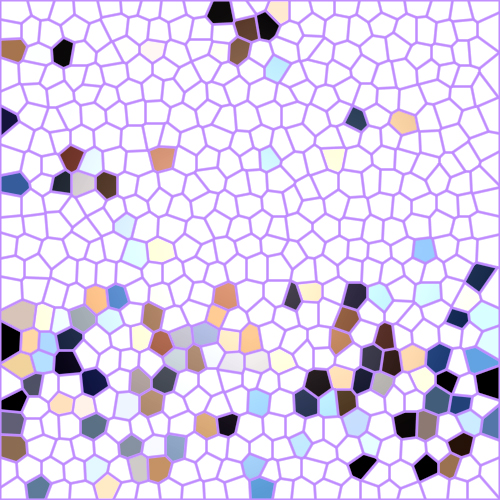Activation of Melanoma Differentiation-Associated Gene 5 Causes Rapid Involution of the Thymus
20-Jan-2010
The Journal of Immunology, 2009, 182, 6044-50 published on 20.01.2010
The Journal of Immunology, online article
In the course of infection, the detection of pathogen-associated molecular patterns by specialized pattern recognition receptors in the host leads to activation of the innate immune system. Whereas the subsequent induction of adaptive immune responses in secondary lymphoid organs is well described, little is known about the effects of pathogen-associated molecular pattern-induced activation on primary lymphoid organs. Here we show that activation of innate immunity through the virus-sensing melanoma differentiation-associated gene 5 (MDA-5) receptor causes a rapid involution of the thymus. We observed a strong decrease in thymic cellularity associated with characteristic alterations in thymic subpopulations and microanatomy. In contrast, immune stimulation with potent TLR agonists did not lead to thymic involution or induce changes in thymic subpopulations, demonstrating that thymic pathology is not a general consequence of innate immune activation. We determined that suppression of thymocyte proliferation and enhanced apoptosis are the essential cellular mechanisms involved in the decrease in thymic size upon MDA-5 activation. Further, thymic involution critically depended on type I IFN. Strikingly however, no direct action of type I IFN on thymocytes was required, given that the decrease in thymic size was still observed in mice with a selective deletion of the type I IFN receptor on T cells. All changes observed were self-limiting, given that cessation of MDA-5 activation led to a rapid recovery of thymic size. We show for the first time that the in vivo activation of the virus-sensing MDA-5 receptor leads to a rapid and reversible involution of the thymus.











